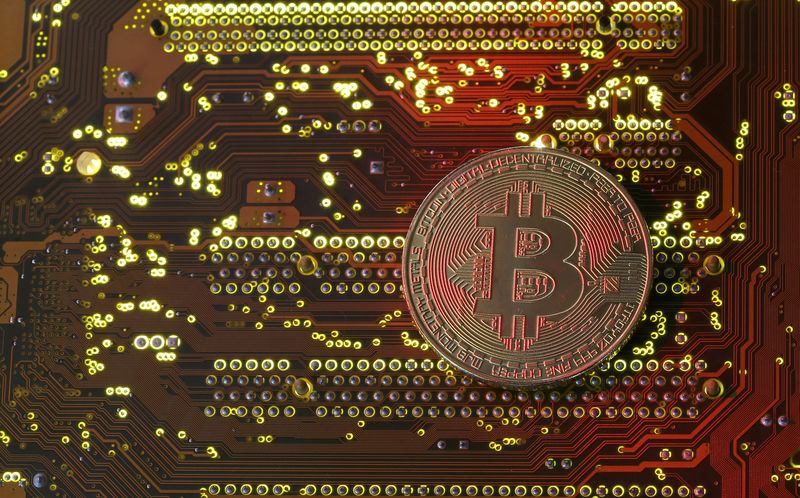Paul Tudor Jones sees potential market rally after late October
Coin Edition -
- Bitcoin’s 2024 halving event is expected to drive prices upward due to reduced new coin supply.
- Reduced mining rewards post-halving could improve Bitcoin’s energy efficiency and environmental footprint.
- Bitcoin’s digital scarcity remains a key driver of its value, attracting long-term investors amid market dynamics.
Is Bitcoin’s limited supply the key to its future value? That’s the debate reignited by recent comments from tech mogul Michael Dell, who posted, “Scarcity creates value,” and MicroStrategy’s Michael Saylor, who added, “Bitcoin is Digital Scarcity.”
These insights have put a spotlight on the importance of scarcity in Bitcoin’s value proposition, as the cryptocurrency market anticipates the 2024 halving event. Bitcoin’s price, currently at $63,927.57, has dipped 2.88% in the last 24 hours, but the upcoming halving – which will reduce the rate of new Bitcoin creation – could have a significant impact on its future trajectory.
#Bitcoin is Digital Scarcity.— Michael Saylor⚡️ (@saylor) June 20, 2024
Historically, Bitcoin’s halving events have coincided with notable market value increases. The impending 50% reduction in new Bitcoin supply following the 2024 halving is expected to drive prices upward. However, attributing price variations solely to halving events remains challenging due to Bitcoin’s complex market dynamics, although past halvings suggest a bullish effect. Nonetheless, some argue the market might already be pricing in this effect.
Additionally, limited empirical data on past halvings, with only three data points, complicates accurate predictions. Concerns also arise regarding mining profitability post-halving. Consequently, some miners might exit, potentially posing a security threat to the Bitcoin network. However, reduced mining rewards could benefit Bitcoin’s energy consumption and environmental footprint. This scenario might incentivize the adoption of more energy-efficient techniques.
Despite potential drawbacks, Bitcoin’s scarcity continues to attract long-term investors. Some argue that scarcity enhances Bitcoin’s value, while others believe any impact is already factored into prices, making price prediction difficult. Nevertheless, the expectation that the US Federal Reserve will adopt a dovish stance after the latest non-farm payrolls report might boost risk assets like Bitcoin in the near term.
Moreover, Bitcoin is increasingly viewed as a safeguard against traditional market instability. Traditional investment companies are creating their own Bitcoin Spot ETFs to participate in this market. Digital scarcity, being immutable and unalterable by humans, is essential. It reverses the conventional idea of how money and assets should work. Instead of allowing companies to issue more stock or national banks to issue more currency when they see fit, digital scarcity mandates that issuance must be preset.
Without this feature, Bitcoin would be just another currency or asset. It would not have inspired the creation of a cryptocurrency industry. Bitcoin’s uniqueness and value lie in its digital scarcity. Hence, it remains a focal point for investors seeking a hedge against traditional market fluctuations.
The post Bitcoin Price Dips, But Scarcity Narrative Gains Momentum Thanks to Dell and Saylor appeared first on Coin Edition.
